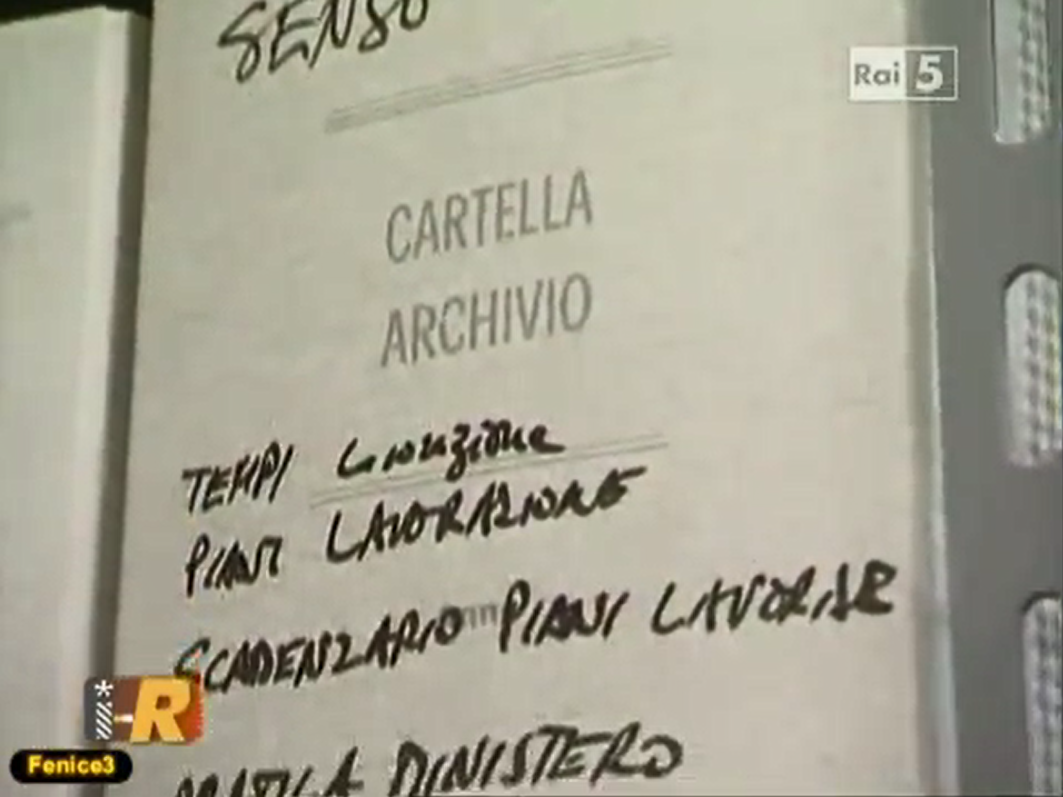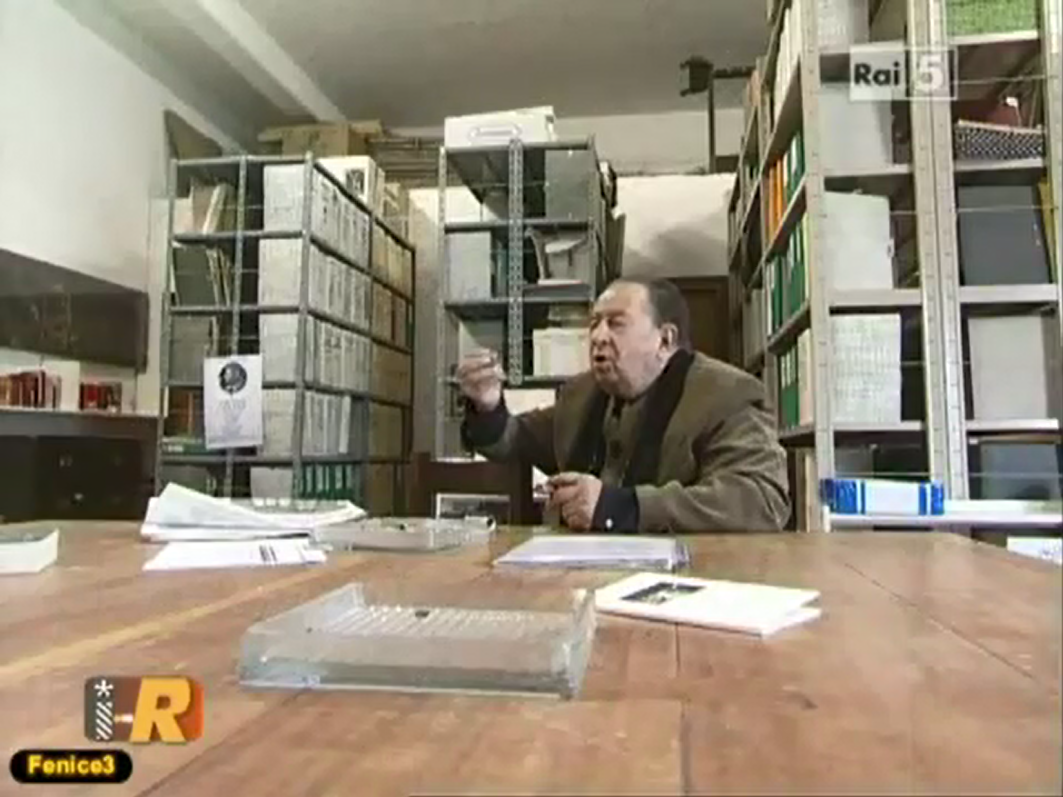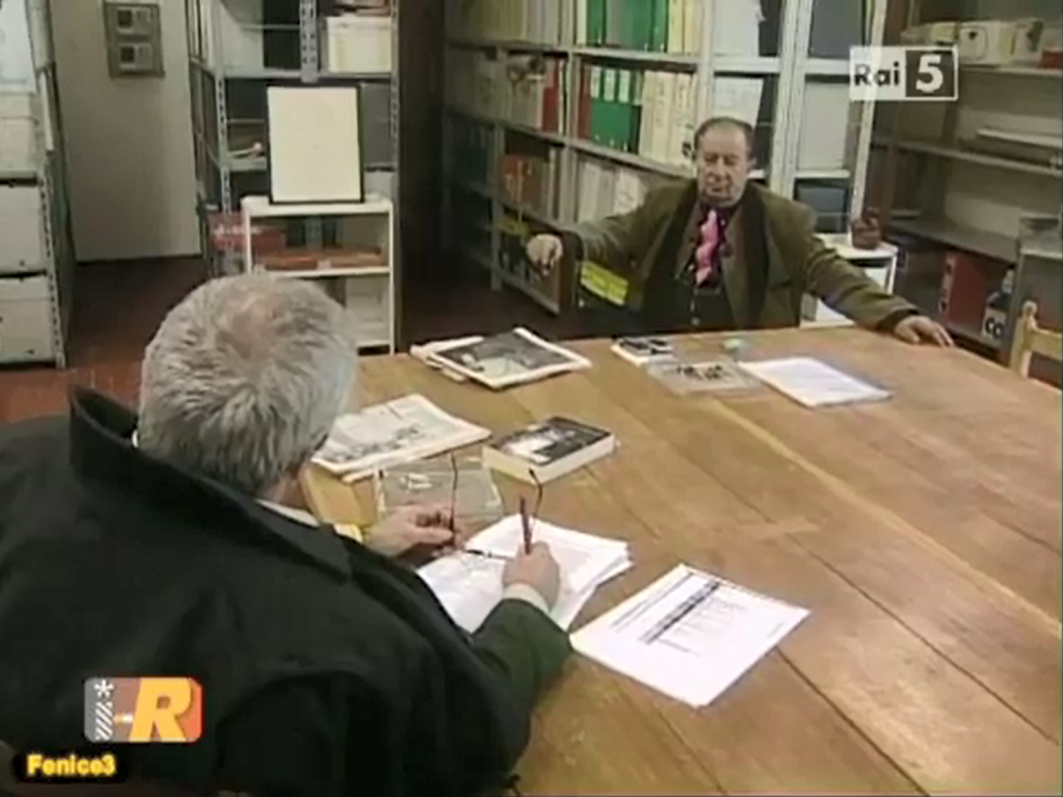FONDAZIONE TINTO BRASS
The Tinto Brass Foundation is not a reality. It is merely a dream.
Should any people prove interested, the goal would be simple:
Establish a nonprofit organization, privately run, incorporated preferably in the US but operated from Italy,
whose mission would be to locate all the materials of all of Tinto’s movies and other works, and then restore them digitally.
Films would ideally be digitized at 5K, and all elements, including trims, outtakes, sep-mag tracks, production audio, scripts, logs, memos, ledger sheets, and so forth would be preserved.
Rights holders would then have these restored materials made available to them at cost.
Why? The answer is simple.
Tinto Brass’s films are in desperate need of restoration.
His personal copy of Chi lavora è perduto is the censored edition, and is badly chewed and spliced.
It is unknown if the original, full-length festival version survives.
Ça ira, il fiume della rivolta is available only in a substandard TV-broadcast copy.
Il disco volante is available in 35mm, but only in the shortened reissue edition.
La mia signora has not been seen in decades, except in poor VHS copies.
Yankee is available in a good 35mm print, but it is not Tinto’s cut.
The current rights holder was unable to locate trims and outtakes, and hence is unable to restore the film to the director’s intentions.
Col cuore in gola is available only in poor-quality prints and on DVD’s that are altered.
I have been able to trace only a single 35mm print that has two moments missing from all other copies,
but it, in turn, was re-edited and shortened.
The movie was filmed in English, but the only two English dubs are inferior.
Nerosubianco is available only in various shortened versions, none authentic.
L’urlo is available on a DVD taken from Tinto’s battered print of his shortest version.
Prints of better quality are locked away in a film vault, but they are all censored.
Dropout is available only on a now-impossible-to-find bootleg of deplorable quality,
which was derived from the Italian dub rather than the original.
La vacanza is available only in rather hard-to-find VHS copies of poor quality.
Salon Kitty is available in various versions, none of them authentic, and parts of the negative were destroyed.
Action is censored, except for Tinto’s personal 35mm print, which was issued on DVD,
but with poor color and out-of-sync sound.
La chiave has been tinkered with far too much, and the only semi-authentic version,
taken directly from Tinto’s own 35mm Italian-dubbed print and issued on DVD,
has the final post-credits moment deleted, and has all the colors mistimed.
All other 35mm prints are censored, and the film has never been properly dubbed.
Tinto’s 8mm silent shorts from the 1950’s have not been seen except at the Venice Cineclub in the 1950’s.
His short subjects and TV commercials are available only in YouTube quality or worse.
In a TV special entitled Tinto Brass censurato speciale, for a while available on YouTube but now taken down,
Tinto gives the crew a tour of his warehouse.
Inside are treasures: business correspondence, scripts, prints, props.
These all need to be preserved. I fear what would otherwise become of these materials.






















